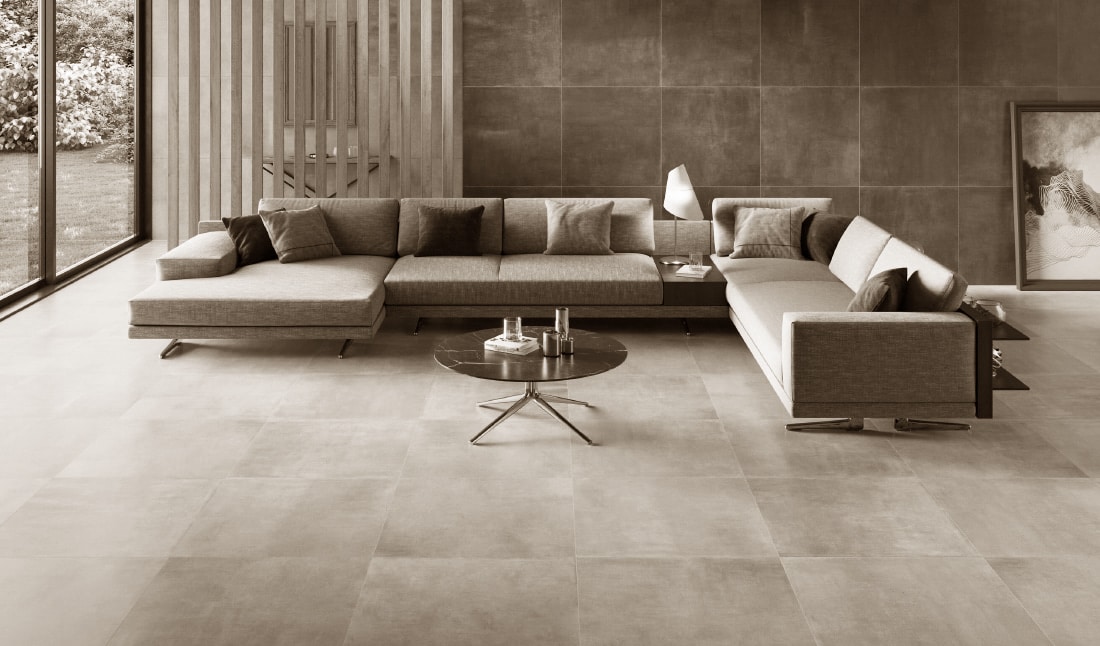
Three Types Of Tiles To Consider While Renovating Your Home
In order to be used as a finish material for flat surfaces like floors, countertops, or walls, thin, stiff hard-surface materials called tiles are manufactured into precise geometric designs. It may consist of rough raw stone, like granite, or highly processed materials, such reflecting glass, however vinyl flooring tiles of all varieties are not included because they are thought of as durable flooring materials.
Hard tile in its various variants has long been a popular building material. The term “ceramic” is commonly used to describe hard tiles used for floors, walls, backsplashes, and counters, but there are actually seven different types of hard-surfaced tiles, with clay ceramic being just one of them. Your budget, your decor objectives, and your desire to do it yourself will all influence which option is ideal for you.
1. Ceramic Tiles
For walls, floors, and worktops, ceramic tile is the most popular type, making up around two thirds of all tile installations. A product is referred to as “ceramic” if it is composed of clay that has been squeezed into a shape and then is fired at temperatures as high as 2500 degrees Fahrenheit in a kiln to make it harden. The majority of ceramic tiles are given a hard, lustrous surface by being coated with a glass or metallic substance during the final fire. The traditional ceramic material, for instance, is used to create the timeless and enduringly popular subway tile.
Even though not every ceramic tile is inexpensive, it is possible to locate budget-friendly options that are still extremely fashionable and appealing. Basic square white ceramic tiles can be purchased for as little as Rs 33 per square foot. For any house style and remodeling budget, there are literally dozens of colors and styles available, and it’s not difficult to pay $30 or more per square foot for imported designer tiles.
Pros
Least costly kind
Simple to install and cut
Cons
Prone to crack
Scratching can be a problem with thin glazing.
On flooring, it may be slippery.
2. Porcelain Tiles Cons
A specific kind of ceramic material called porcelain is created using finer clays and burned at greater temperatures than regular ceramics. It is therefore a better choice for high moisture places like next to bathtubs and in showers because it must meet a greater level of water absorption than regular ceramic. Since porcelain tiles are frequently thicker and more durable than regular ceramic tiles, they are a suitable option for floors as well.
The ability to be molded and styled in a way that nearly resembles other building materials, including marble, granite, slate, or even wood and metal, is an even bigger advantage of porcelain tile. For a luxurious appearance at a reasonable cost, porcelain tile can be a great option. Without installation, the national average price of porcelain tiles is around Rs 52/Square Feet, Rs 80/Square Feet square foot. For this kind of tile, there is also a wide difference in pricing.
Pros
stronger and thicker than conventional ceramic tile
May be produced to seem like real stone or even wood
Nearly impenetrable to stains are surfaces.
Cons
More costly than conventional ceramic
Little more challenging to cut and install than ceramic tile
On flooring, it may be slippery.
3. Glass Tile
Glass tile is a solid-color, semi-translucent substance that is frequently offered in mosaic sheets. Glass mosaic is still the tile of choice for confined vertical surfaces that draw a lot of attention despite being occasionally connected with design trends from the early 2000s. Glass mosaic is best for generating showy, flashy, and exciting vertical surfaces. Floors shouldn’t utilize glass mosaic since it will crack under strain. Other tile materials cannot compare to the glistening, lustrous splendor of glass tile.
Glass tiles typically cost around Rs 45 per square foot, which is comparable to porcelain tile, while some varieties made as “designer” goods can cost significantly more.
Pros
Surface that reflects light and is translucent.
Gives walls a distinctive aesthetic feature.
Installation is simple with mosaic sheets.
Cons
Not good for floors because it is easily cracked
A distinctive appearance can eventually seem antiquated.
Special white tile adhesive is necessary.
